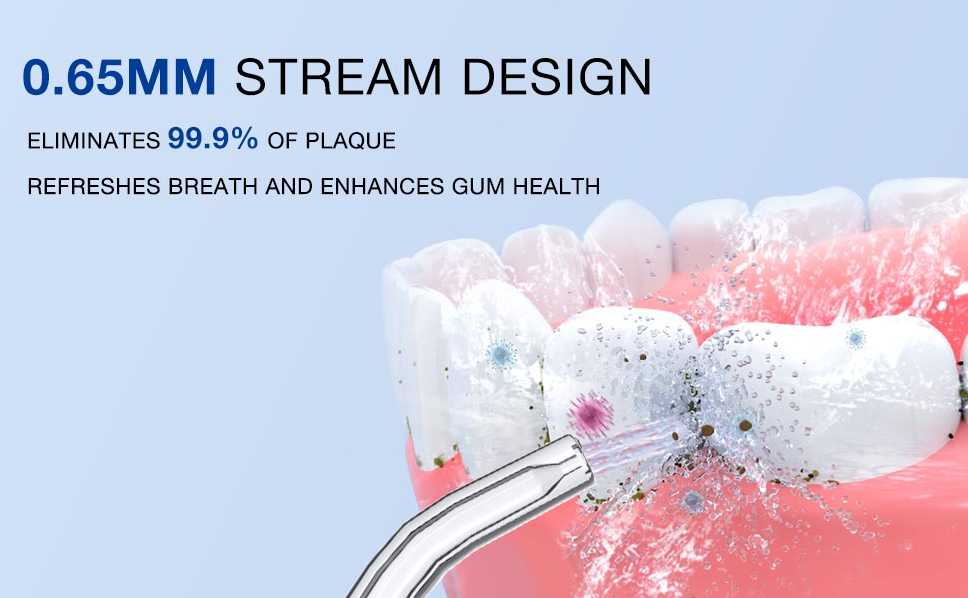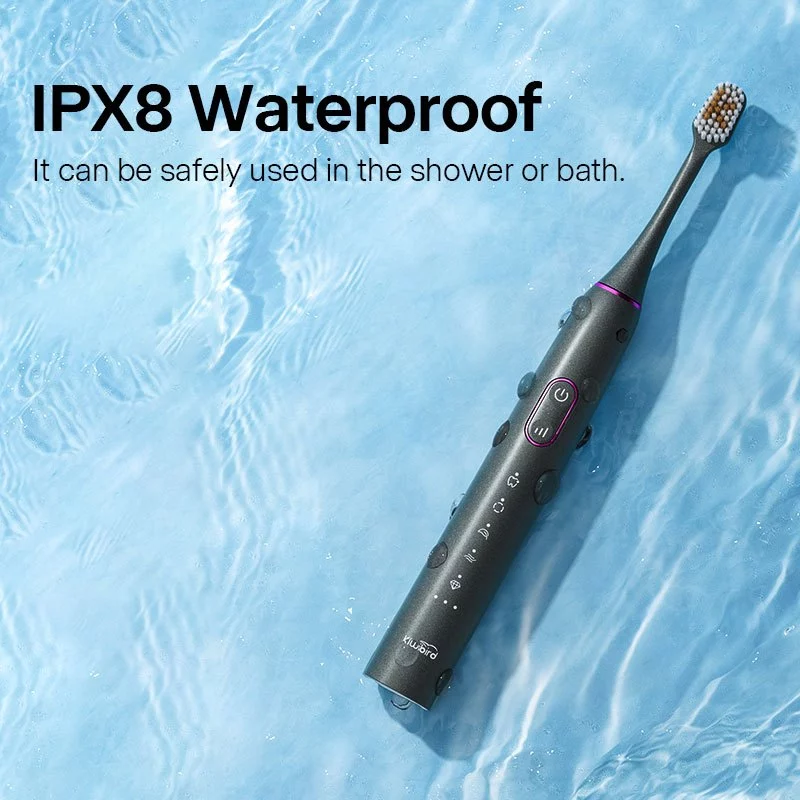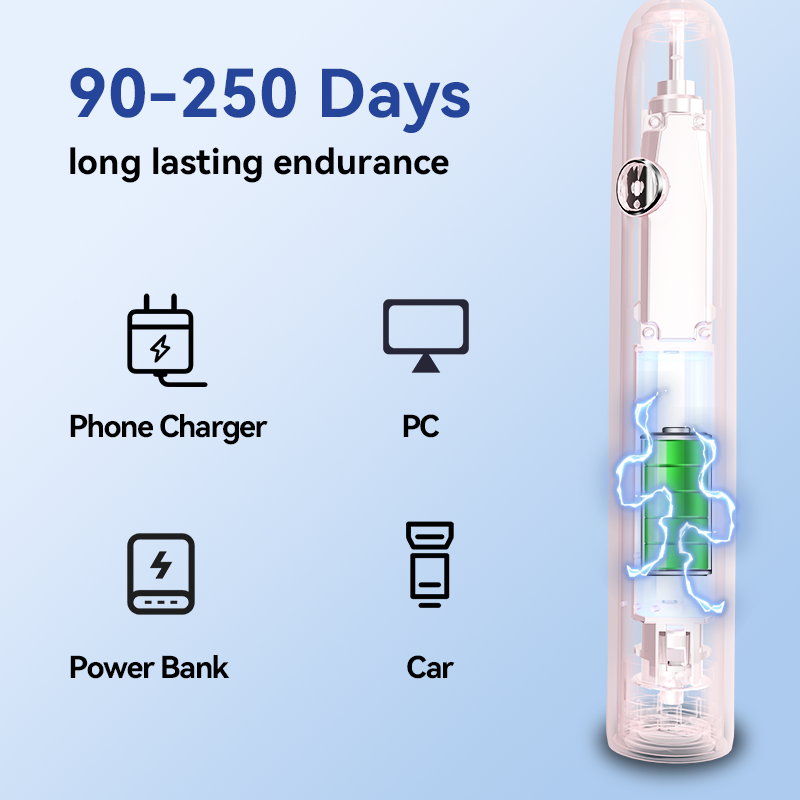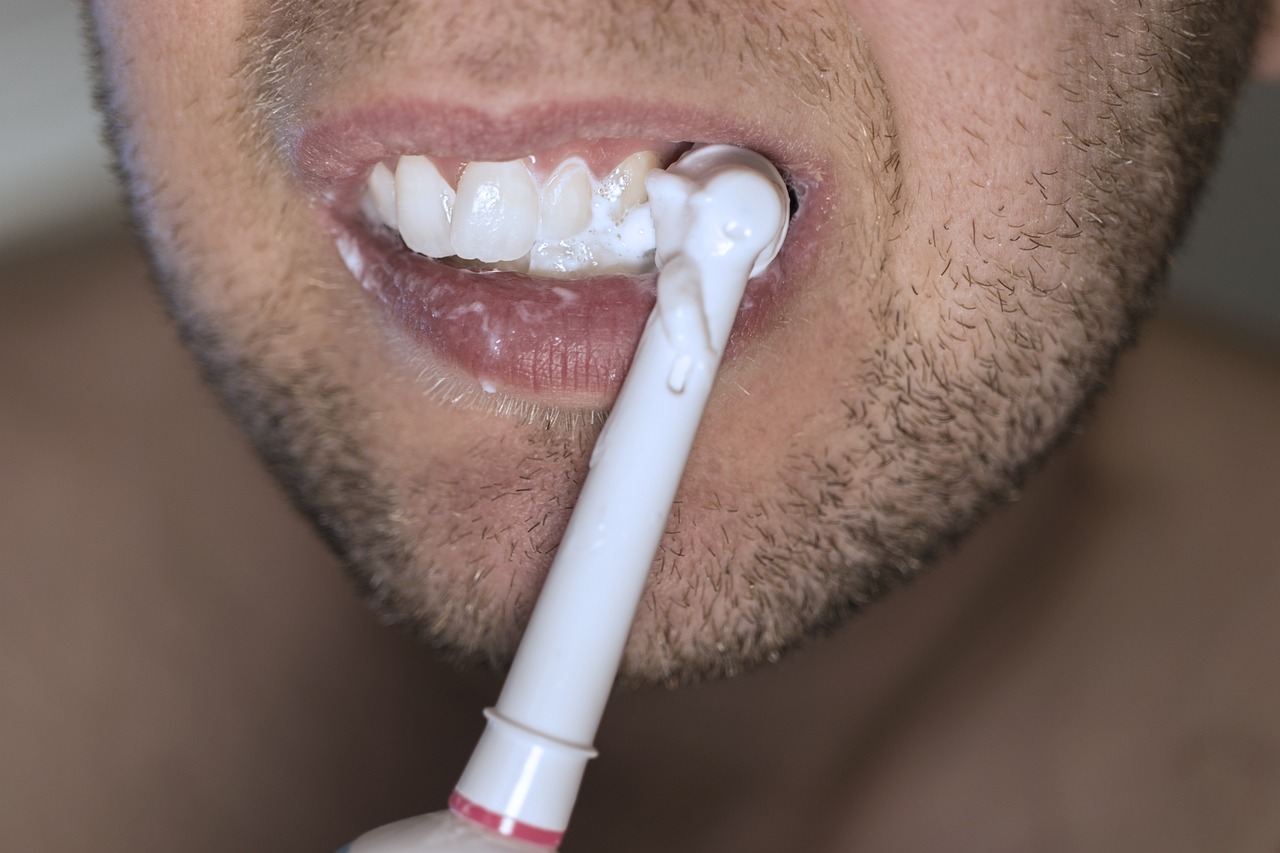Many consumers report oral ulcers, heightened teeth sensitivity, or even allergy reactions after using over-the-counter whitening kits. While whitening agents aim to brighten smiles, their chemical action and delivery methods can inadvertently damage oral tissues. Below, we explore six critical factors manufacturers should address to minimize ulcer risk and ensure partner confidence in your whitening solutions.
Firstly, the active bleaching agents—typically hydrogen peroxide or carbamide peroxide—can irritate mucosal cells:
Recommendation: Formulate gels at neutral pH and include antioxidants to buffer free radicals.
Next, the way whitening gel is applied influences ulcer risk:
Recommendation: Develop anatomically contoured trays with soft-edge seals and clear application markers to avoid gum contact. Company web:https://www.powsmart.com/product/electric-toothbrush/
Moreover, pre-existing teeth sensitivity often coexists with enamel micro-cracks:
Recommendation: Incorporate desensitizing agents (e.g., potassium nitrate) and enforce pre-use enamel integrity checks.
In addition to chemical irritation, allergy reactions play a role:
Recommendation: Use hypoallergenic excipients, clearly label potential allergens, and offer fragrance-free variants.
Even the safest formulas require clear guidance:
Recommendation: Supply concise, illustrated instructions and training videos for your B2B channels.
Finally, robust QMS and feedback loops are essential:
Recommendation: Establish an online portal for real-time adverse-event reporting and rapid product updates.
Conclusion
While teeth whitening kits deliver cosmetic benefits, insufficient attention to gel chemistry, delivery methods, and user guidance can lead to oral ulcers, exacerbated teeth sensitivity, and allergy reactions. By optimizing formulations, tray design, hypoallergenic ingredients, and education protocols—backed by rigorous quality control—B2B manufacturers can offer whitening solutions that brighten smiles without compromising oral health. Contact us to co-develop next‐generation kits that balance efficacy with safety.
.jpg)
-3-1024x576.png)
-2-1024x576.png)
Is Your Electric Toothbrush Losing Power Too Fast?
Are Brush Head Compatibility Issues Hiding Liquid Residue Buildup?
Why Are Battery Recycling Challenges Ignored Despite Gum Massage Inconsistency?

Ideal Pressure Settings for Sensitive Gums: Dentist Recommendations for Water Flosser Users
Battery Corrosion + Charger Incompatibility — What’s Next?
Why Is Your Device Stuck in Frequency Instability and Smart Timer Malfunction?

Supplier-Side Solutions and Preventive Measures for Common Negative Reviews from Electric Toothbrush Users

Electric Toothbrush Laser Engraving LOGO Process: How to Set the Depth, Speed and Power Parameters?

Customizing Specialty Electric Oral Care Electronics for OEM
Luxury Gold Plated Electric Toothbrush Wedding Gift Surat
.jpg)
Hawaii waterproof toothbrush vs. Hawaii beach toothbrush — which model makes sense for snorkeling trips?
Why Does Whitening Efficacy Decline Trigger Pulse Intensity Spikes?

Herbal toothbrush India or Natural bristle toothbrush — which is safer for electric brush programs?

1200 vs 1800 water flosser pulse/Minute: Which Water Flosser Pressure Setting Works Best for Plaque Removal Without Gum Irritation?

Can an Electric Toothbrush Help Relieve Tooth Sensitivity?

Is the Electric Toothbrush Market Growing?

Electric toothbrush heads Charcoal Infused-Diamond

electric toothbrush heads Deep Clean

Private Label Whitening Gel

Customization Teeth Whitening Gel
.jpg)
Florida Electric Toothbrush – Powsmart PTR-C8

electric toothbrush heads Regular Clean

electric toothbrush heads Charcoal Infuse-Round

electric toothbrush heads Ultra Soft
whstapp
whstapp
National Toll-Free Service Hotline
+86 755 86238638